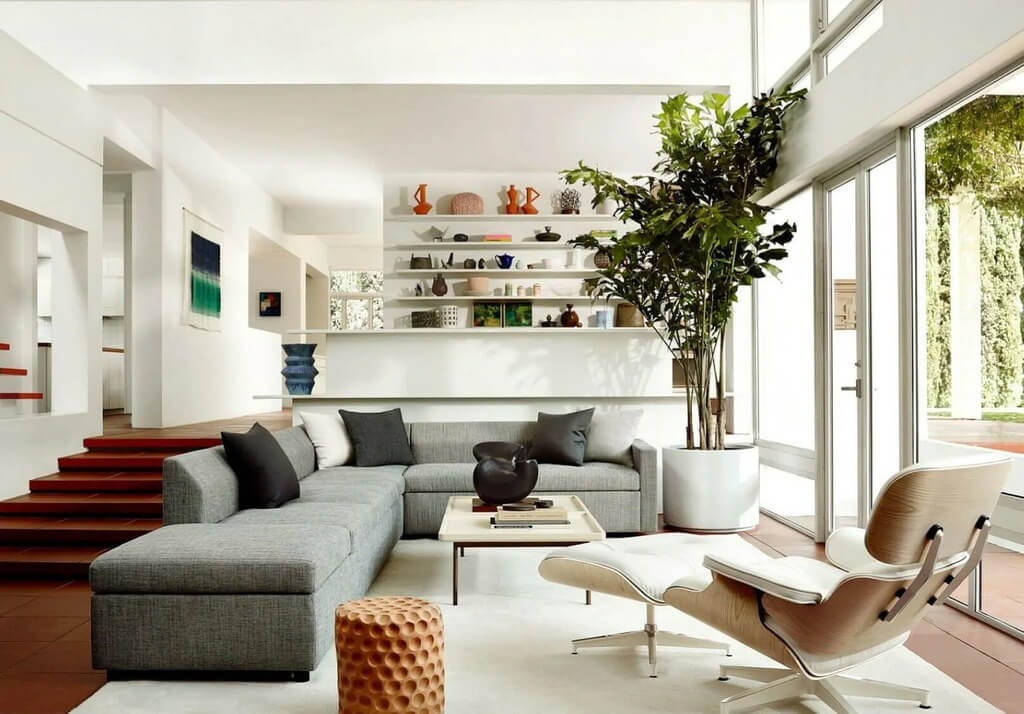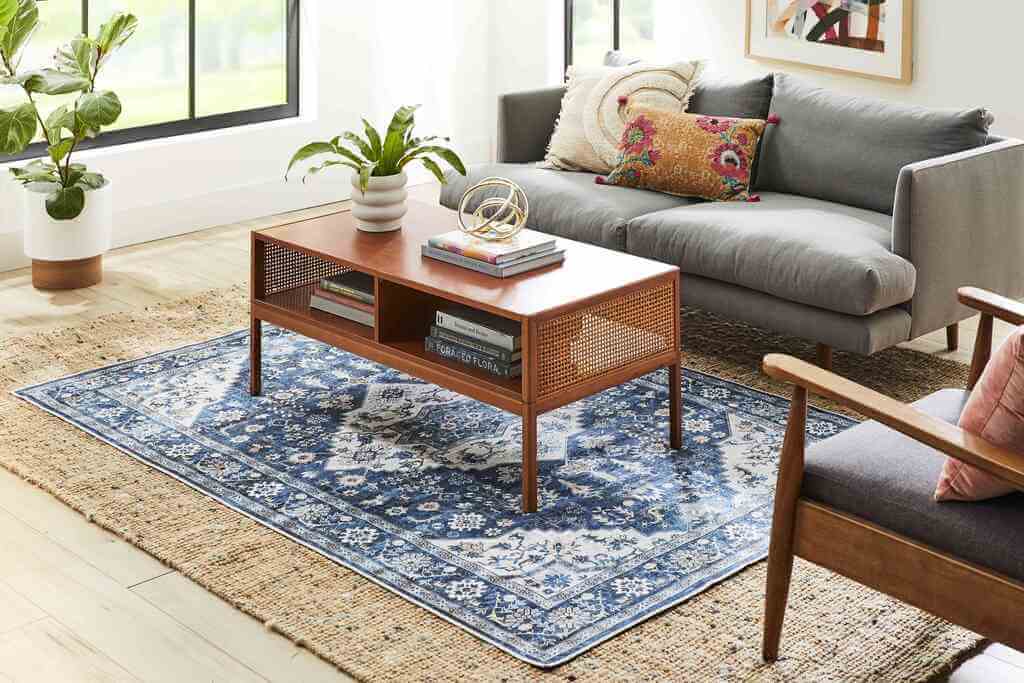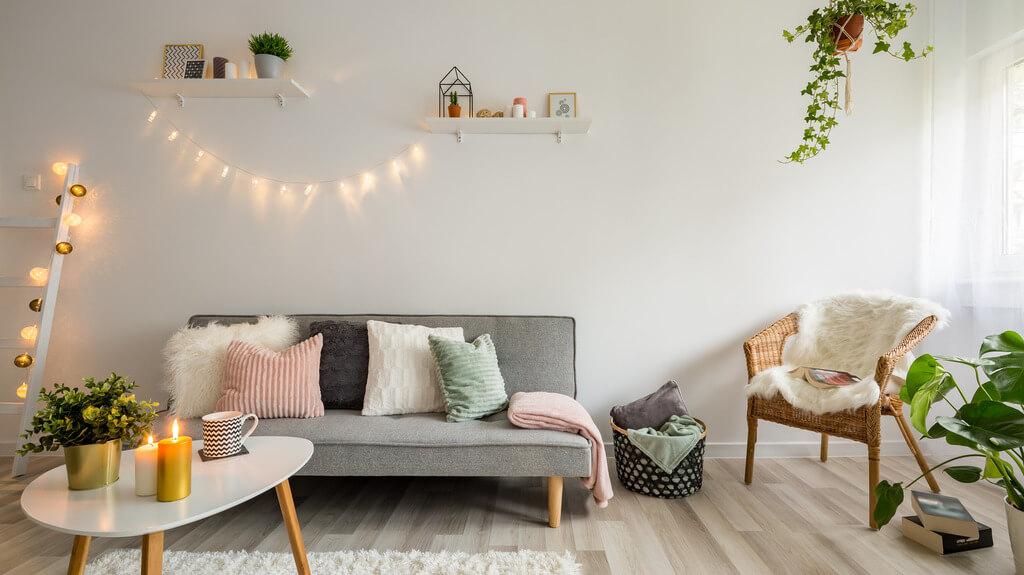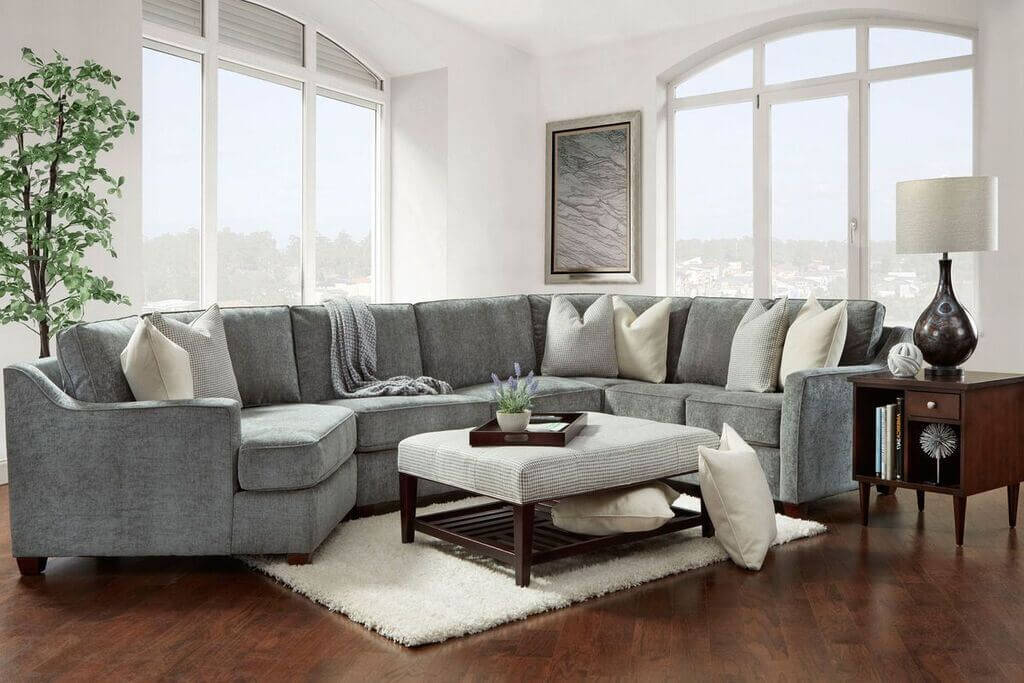As a professional interior designer, you know how important it is to create a living space that is aesthetically pleasing but also functional, comfortable, and safe. There are many aspects to consider when designing a living space for clients; even professional interior designers occasionally make common mistakes. Here are some essential reminders for professional interior decorators.
1. Start with the Layout

The layout of the living space is the foundation of your design. It determines how the furniture, lighting, and accessories will be arranged to create a balanced look. A good layout considers the room’s focal point, which is the element that draws the eye and sets the mood.
2. Layer the Lighting

Lighting is one of the most important aspects of interior design. It can create different moods and atmospheres in the living space. Using too much harsh or overhead light is a common mistake.
A living room should have a mix of ambient, task, and accent lighting. Ambient lighting is the general lighting that fills the room, such as ceiling or recessed. Task lighting, like table or floor lamps, is the focused lighting that helps with specific activities, such as reading or working. Accent lighting highlights room features, like artwork.
Scale is also important. A chandelier should not overwhelm the table beneath it or hang too low. The bottom of a dining room chandelier should be 30 to 36 inches above the table. The fixture’s width should be 10 – 12 inches smaller than the table width.
3. Find Furniture That Fits

The furniture you choose for the living space should match the room’s style, size, and function. There should be room to walk around, and the furniture should not overwhelm the space.
Resist the temptation to buy a beautiful item that doesn’t fit your layout. Also, consider the quality and durability of the furniture, as well as your client’s budget and preferences.
4. Size the Rugs

Rugs are a great way to add texture, color, and pattern to the living space. They can also help define different zones or areas in the room, such as seating or dining areas. When choosing an area rug for your living space, consider the size and shape of the room and the furniture arrangement.
Feel free to break some standard rules, such as that all area rugs should be 12” from the wall. That margin won’t work in some rooms based on the furniture placement.
Also, consider traffic patterns. Allow at least two feet of either rug or floor to walk on.
5. Add Accessories

Accessories are the finishing touches that complete your living space design. They can add personality, character, and flair to the room. When choosing accessories for your living space, follow some basic principles. Use odd numbers for grouping items. Vary item size, shape, and texture, and avoid overcrowding or under-decorating.
Candles are an accessory many people love using in their living spaces. Candles can provide a beautiful ambiance and aroma to any room. However, they can also pose some hazards if not used properly. One is candle soot which can stain walls, furniture, and ceilings. To prevent candle soot from forming, follow these tips:
- Trim candle wicks to about 1/4 inch long before lighting them.
- Avoid mushroom wicks (curled or twisted wicks) that produce more soot.
- Remove any debris (such as matches or wick trimmings) from the wax pool.
- Use candle holders that are taller than the flame to catch any soot.
- Avoid moving a candle while it is hot or burning.
- Don’t place candles near drafts or flammable materials or leave them unattended.
6. Focus on Function

On decorating shows, the final design often includes beautiful white sofas for a family with young children and dogs. The homeowners typically ooh and ah, while viewers raise their collective eyebrows. They wonder how quickly that impractical fabric will show evidence of grape juice and muddy paws. No matter how beautiful a space is, the client will be unhappy if the materials and finishes don’t stand up to normal wear and tear. Choose fabrics and finishes that fit your client’s lifestyle.
Final Words
Professional interior decorators must follow the basic rules regarding layout and design to create a space that feels balanced, functional, and complete. Keep an eye on proper furniture sizes and spacing. Experiment with accessory placement, lighting, and rug sizes to find the perfect combination for a coordinated look.
In Case You Missed It!

